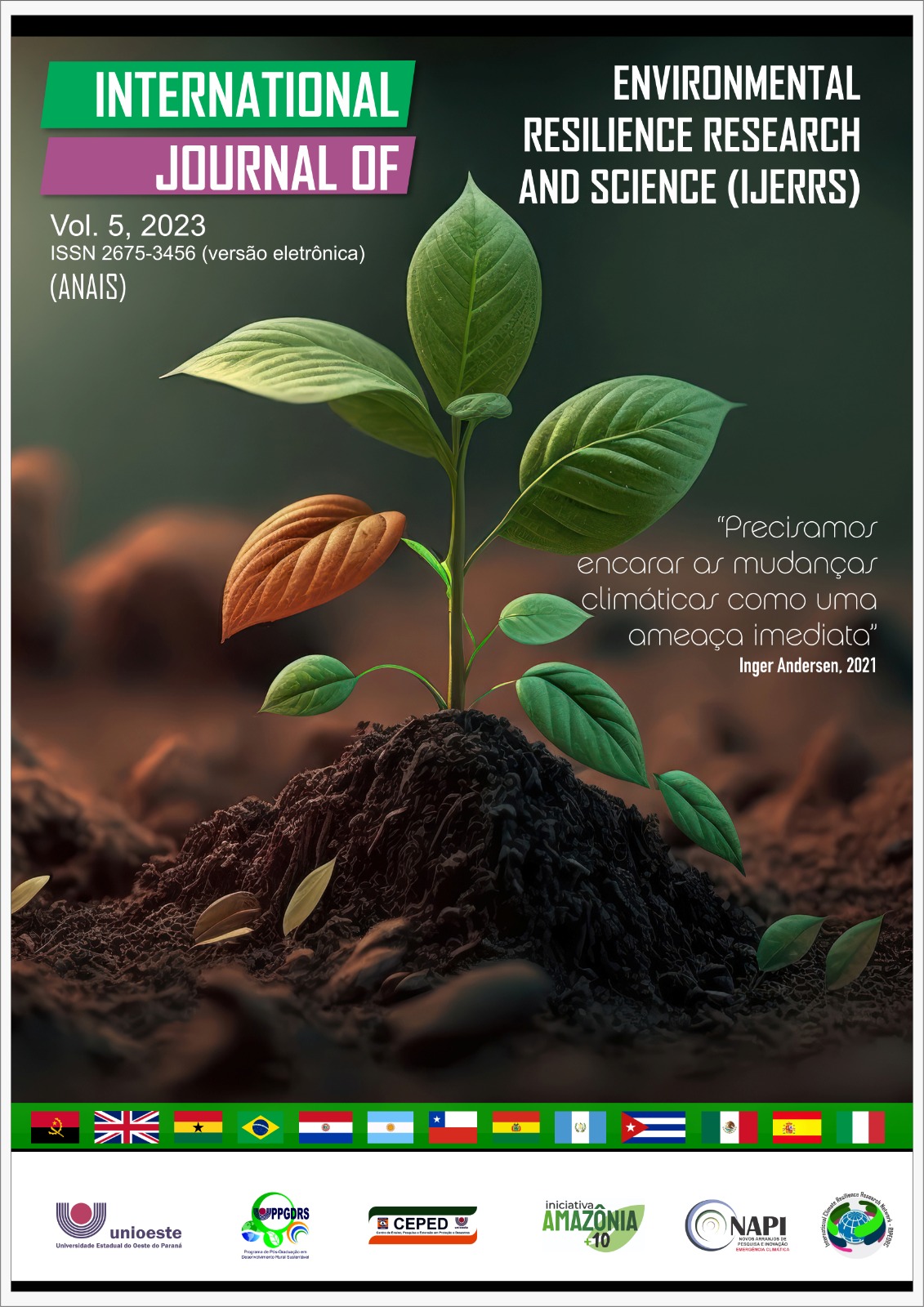Os Efeitos de Pisciculturas em Tanques-Rede: Identificação de Histopatologias Hepáticas em Plagioscion Squamosissimus (Heckel, 1840)
DOI:
https://doi.org/10.48075/ijerrs.v5i3.32400Abstract
Brazil has made a name for itself on the global fish farming scene, mainly by using net pens, which can influence environments by allowing the free circulation of water and thus enabling the continuous entry of organic matter into the aquatic system. This study focused on evaluating how the interaction between ecological and histopathological aspects can identify influences from fish farms, contributing to the development of sustainable production and environmental conservation policies. To this end, the liver of Plagioscion squamosissimus (wild) was evaluated in areas with and without fish farms. Nuclear hypertrophy, the presence of melanomacrophages, vascular congestion, and pyknotic nuclei were found more frequently in fish from the TR points, suggesting that changes in water quality and stress caused by managing fish farms can cause histopathologies. These findings highlight the need for more sustainable aquaculture management policies.
Downloads
Published
How to Cite
Issue
Section
License
Copyright (c) 2023 International Journal of Environmental Resilience Research and Science

This work is licensed under a Creative Commons Attribution-NonCommercial-ShareAlike 4.0 International License.
Aviso de Direito Autoral Creative Commons
Política para Periódicos de Acesso Livre
Autores que publicam nesta revista concordam com os seguintes termos:
1. Autores mantém os direitos autorais e concedem à revista o direito de primeira publicação, com o trabalho simultaneamente licenciado sob a Licença Creative Commons Attribution que permite o compartilhamento do trabalho com reconhecimento da autoria e publicação inicial nesta revista.2. Autores têm autorização para assumir contratos adicionais separadamente, para distribuição não-exclusiva da versão do trabalho publicada nesta revista (ex.: publicar em repositório institucional ou como capítulo de livro), com reconhecimento de autoria e publicação inicial nesta revista.
3. Autores têm permissão e são estimulados a publicar e distribuir seu trabalho online (ex.: em repositórios institucionais ou na sua página pessoal) a qualquer ponto antes ou durante o processo editorial, já que isso pode gerar alterações produtivas, bem como aumentar o impacto e a citação do trabalho publicado (Veja O Efeito do Acesso Livre).
Licença Creative Commons
Esta obra está licenciada com uma Licença Creative Commons Atribuição-NãoComercial-CompartilhaIgual 4.0 Internacional, o que permite compartilhar, copiar, distribuir, exibir, reproduzir, a totalidade ou partes desde que não tenha objetivo comercial e sejam citados os autores e a fonte.









